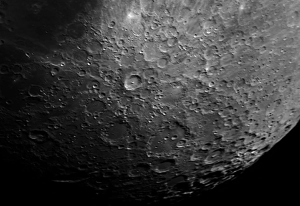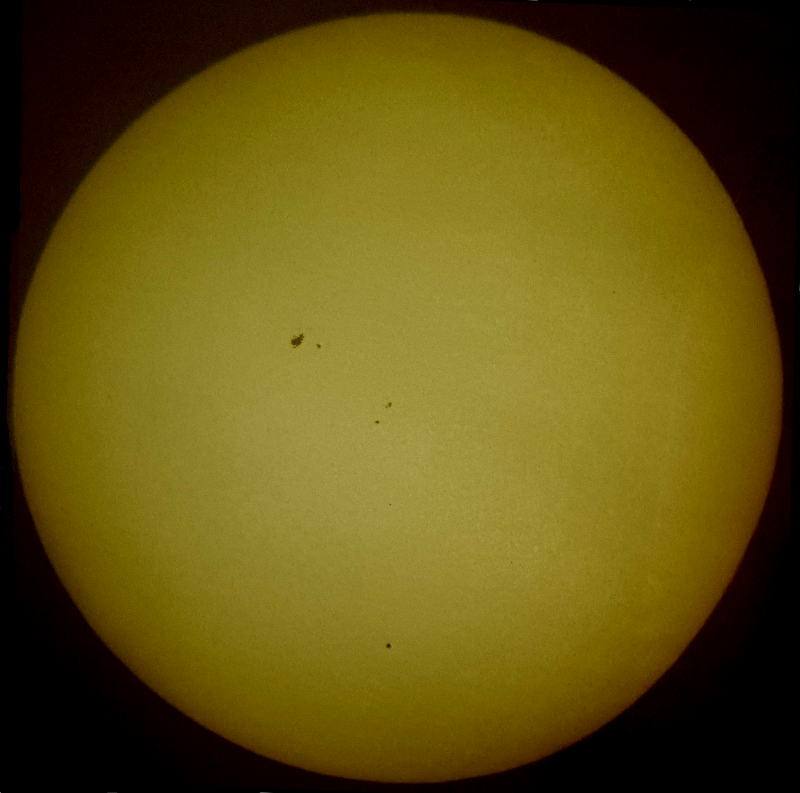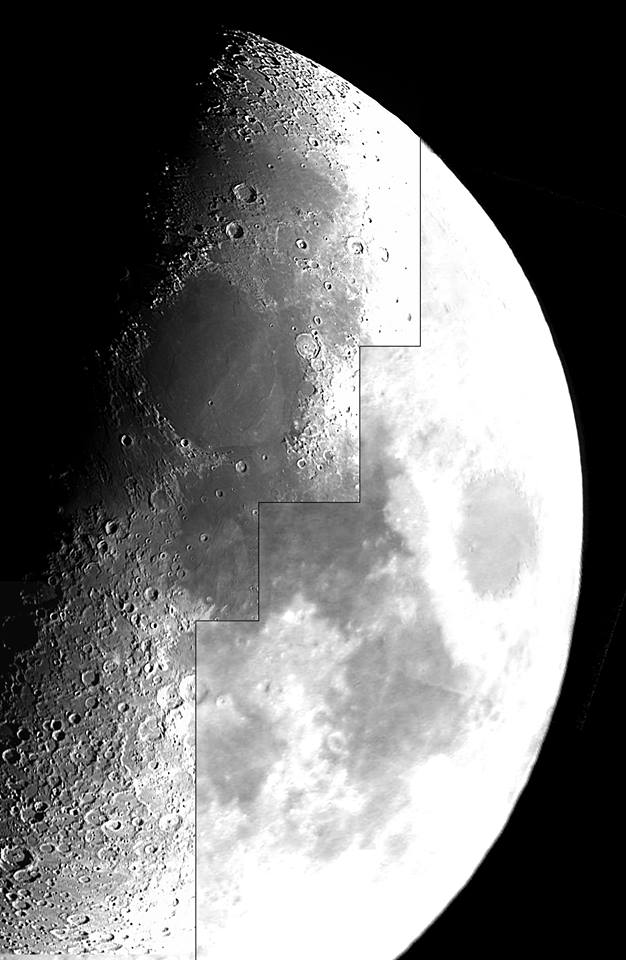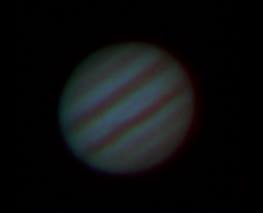Recently I decided to experiment a bit more with developing Android applications. I had played around with Android a rather long while ago, creating two rather simple apps - Dutch Public Holidays and Plasmatic, but decided to look at it again.
I have improved upon my two previous apps, making them much more useful, and created a third app, using webservices to look up animal and plant scientific names.
Thanks to the thousands of Android tutorials littering the web, it is not hard at all to get started in Android development, and the integrated Eclipse/Android SDK makes for a very pleasurable development environment.
Since there is nothing that can’t be found in other tutorials in the applications, I won’t list the code for the apps themselves, but you can download the source code for the apps from the links below.
Dutch Public Holidays
This was the first app I wrote, and is rather very simple in construction. It merely shows a list of public holidays for the Netherlands for a particular year.
Source available at https://github.com/sjmeunier/dutchpublicholidays
Plasmatic
I ported some code from my C# fractal library I had written a while back to Java to draw plasma fractals. The application generates a plasma fractal based on a set of preferences, and is able to save the generated images to a file on the mobile device.
Source available at https://github.com/sjmeunier/plasmatic
Scientific Name Search
This app makes use of a webservice provided by www.itis.gov to search for information such as the scientific name and taxonimic classification of plants and animals.
Source available at https://github.com/sjmeunier/scientific-name-search
Originally posted on my old blog, Smoky Cogs, on 2 Feb 2013
Read More »
 (Click on image for full size)
(Click on image for full size)



